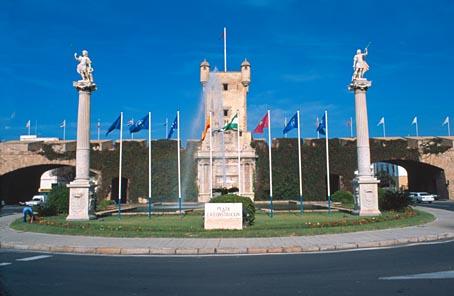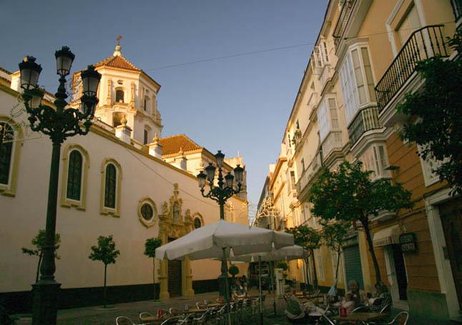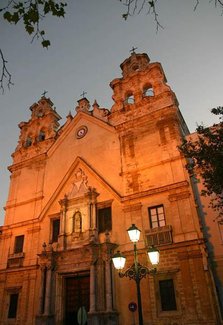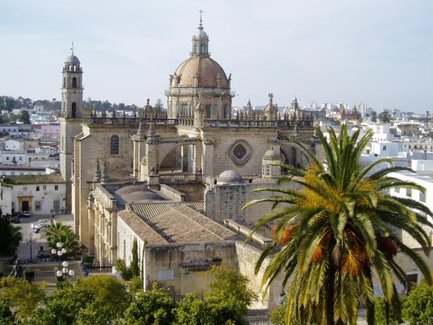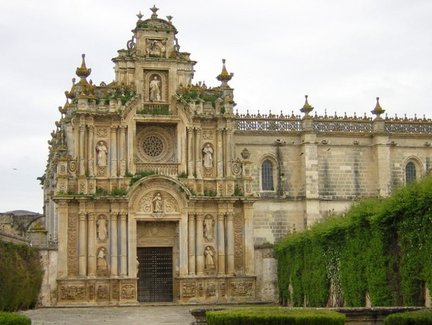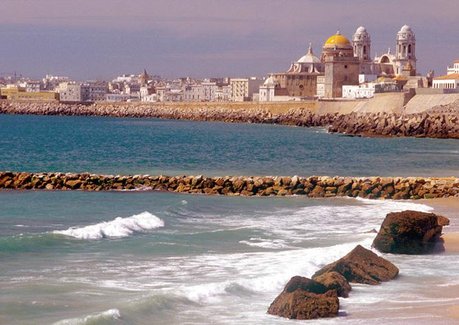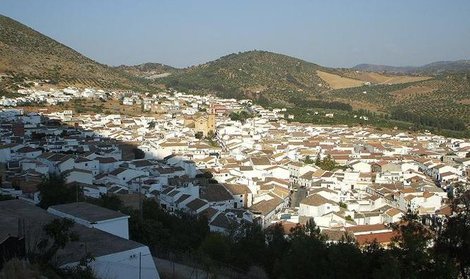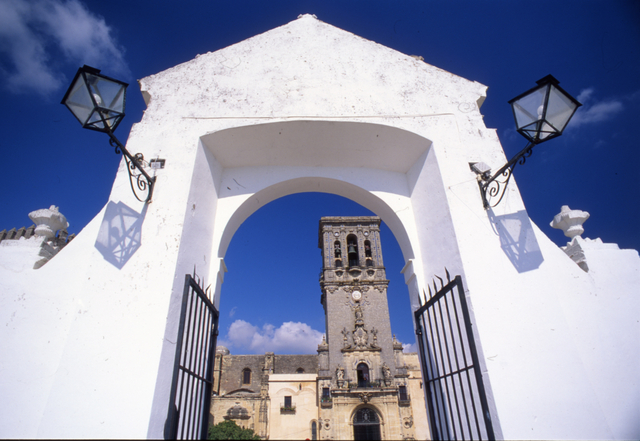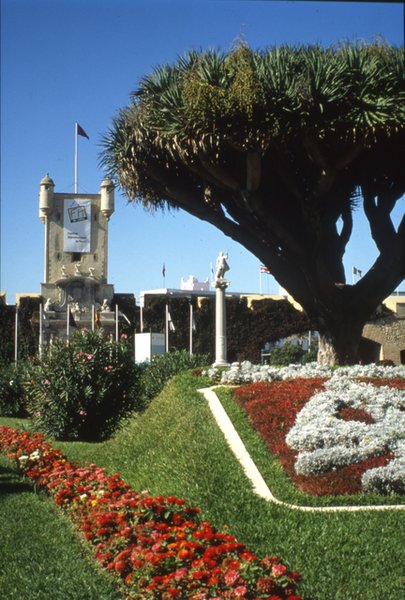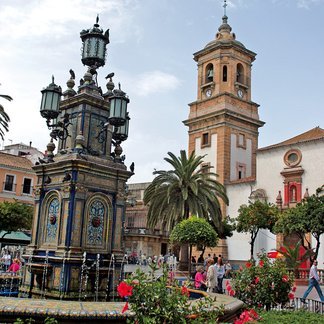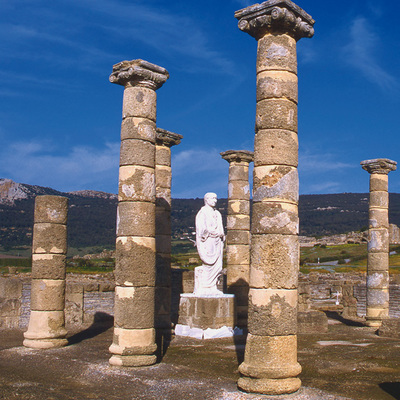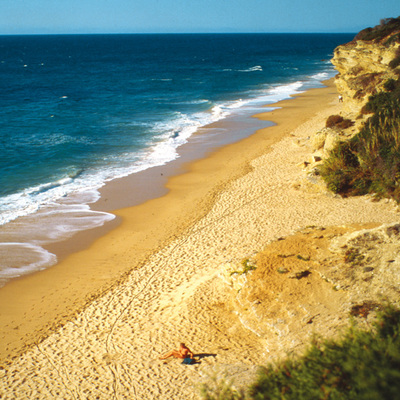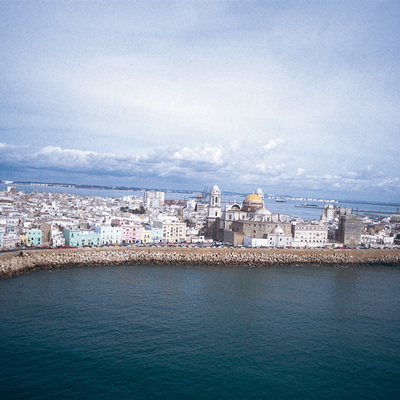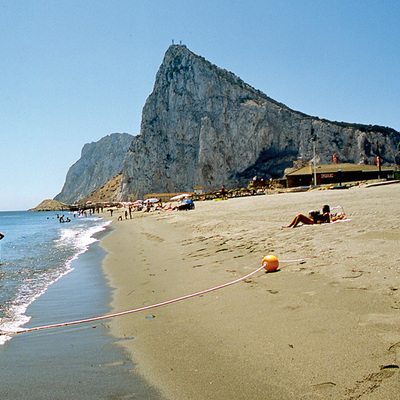Cadiz
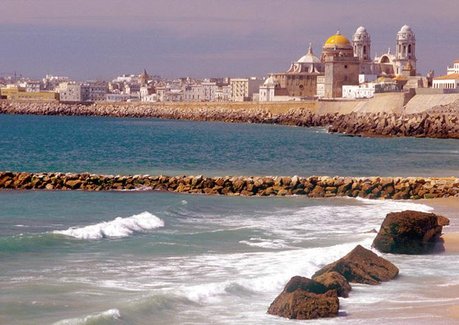
Cádiz is another of the important points of Andalusian baroque. It reached a peak in the 18th century and, thanks to the control of trade with the Indies, its religious and civilian buildings were renovated and new ones were added. A fundamental work is the unfinished Cathedral (V. Acero and T. Cayón) along with the Hospital of Women (Maestro Afanador).
On the same level are the Churches of Santo Domingo, El Carmen, Las Descalzas, San Felipe Neri and San José, and the Chapels of La Divina Pastora and La Santa Cueva. The Puerto de Tierra, with the triumphs of San Servando and San German, the House of Las Cadenas, the House of El Almirante and finally the Casas Miradores, from where the people of Cádiz anxiously watched for the arrival of the fleet from America.
In El Puerto de Santa María, there is a canopied altar of Mexican silver in the priory church, sent in 1685 by the mayor of San Luis de Potosí.
In Sanlúcar de Barrameda, we find the convent of Madre de Dios. In Jerez, the other fundamental centre in Cádiz linked with Seville, there are the Churches of San Miguel and San Dionisio, the façade of the Carthusian monastery, Colegiata (Cathedral), and the mansions of the Marquesses of Domecq, of Bertematí and of Villapanes. Arcos has the Churches of San Pedro and Santa María, and the hospital of La Caridad. Lastly, Algodonales, has an interesting parish church.

